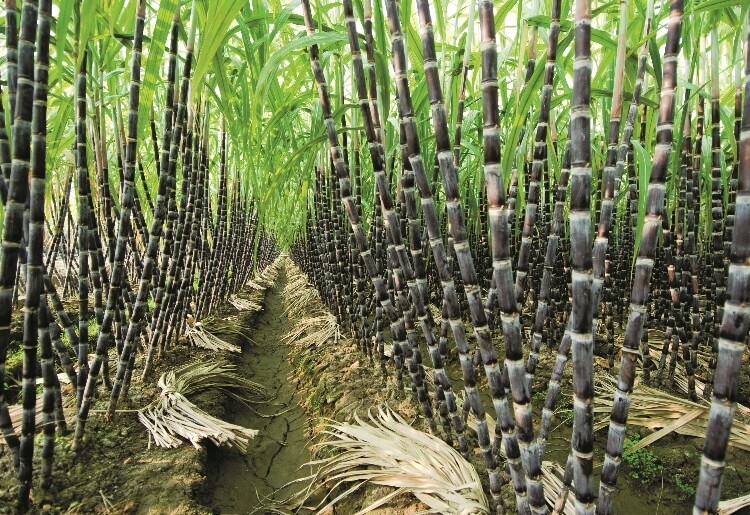Could linking farmers to markets be the answer to poverty reduction?

By 2050, we will need to increase food production by 100% to feed expanding populations in developing countries. This is either from more farmers producing more food or, the same number of farmers producing more food. Enhancing farmer incomes by increased agricultural productivity will reduce migration to urban areas and ultimately, improve food security. But without assured buyers for the produce, this may not necessarily be the case.
I recently visited sugarcane farmers in western Maharashtra in India to learn why they continue to grow sugarcane although it is a water intensive crop. Turns out, sugarcane is resistant to most pests, needs little care and has a well-established supply chain. Given that the crop has an assured buyer in sugar factories, farmers have little to worry about their household income from agriculture. Even if a farmer has a meagre 2 hectares of land, he prefers growing sugarcane as it has a guaranteed return on investment. This makes it difficult for the farmer to give up the crop. At present, Maharashtra accounts for 34% of the national sugar output. Consequently, several government schemes and initiatives are designed to make sugarcane more water productive i.e. shifting from flood to drip irrigation, and improving sugarcane productivity. Currently, average sugarcane yield in Maharashtra is approximately 60 to 80 tonnes per hectare whereas its yields can potentially increase to 100 to 120 tonnes per hectare.
On the other hand, focusing on a particular crop might not always lead to positive outcomes. Farmers in drought prone district of Yavatmal in eastern Maharashtra had a different story to tell. Cotton, a dominant crop in this region was infested by the pink ball worm in the last season (2017-18). As a result, farmers faced several losses and did not receive the expected price in the market. Several women farmers organized themselves into self-help groups with the aim of supporting family income due to the losses incurred. But lack of market connectivity dissuaded them from taking actions to develop products such as baskets, papadums, jams, etc. Limited market access and low selling opportunities prevented them from contributing to the household income which could have compensated for the losses they realized through the ravaged cotton crop.
Linking farmers to the markets may help them move out of poverty by assured buyers for their produce and guaranteed income – giving a greater sense of security. Although establishing market linkages may take time, initiatives such as the new model Agricultural Produce and Livestock Marketing Act 2017, the government is keen on looking at agricultural marketing from a holistic manner. This is while giving farmers the opportunity to directly sell produce in the market or to whoever is willing to offer the best price without an intermediary. Organizations such as the International Finance Corporation is exploring innovative ways to unlock private sector investments and offer advisory services that help mobilize markets. The 2030 Water Resources Group (2030WRG), hosted by the World Bank, is bringing together public, private and civil society representatives to deliberate and discuss new business models and market-based solutions to support an end-to-end integrated approach for agriculture development, with a focus on water security.
In an effort to bring farmers closer to the market, in Karnataka in the Ramthal area, 2030 WRG facilitated partnership agreements between agribusiness companies (retailers, exporters, processing units) and Government of Karnataka for offtake of high-value agricultural and horticultural produce, thereby improving farmer incomes and livelihoods. Similar efforts are being carried out by 2030 WRG in western Maharashtra to maximize water productivity and improve market linkages for farmers.
Finding new ways to connect smallholder farmers to the market is critical for poverty reduction and improved livelihoods. It can also stem the flow of farmers to urban areas in search of better jobs and transform the rural environment as a place of production and value addition. Although realizing the vision will require a more collaborative effort from the government, private sector, civil society and rural communities, its results will be far outreaching.

This blog was written by Karishma Gupte, Coordinator, Maharashtra, 2030 Water Resources Group, The World Bank Group
Further reading:
http://cacp.dacnet.nic.in/ViewReports.aspx?Input=2&PageId=41&KeyId=425
